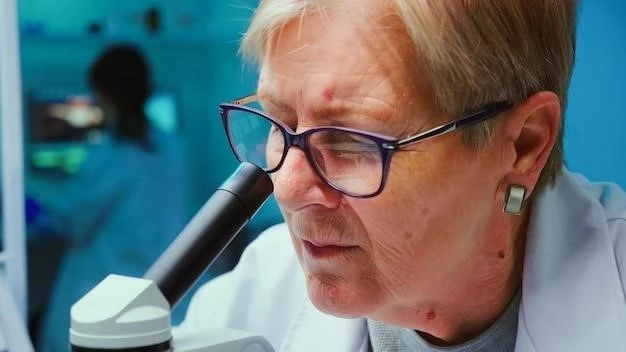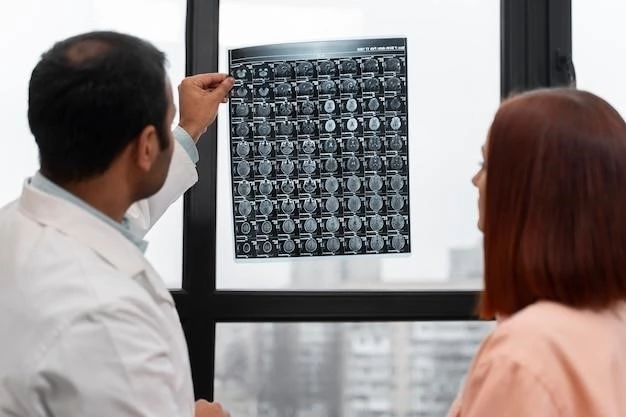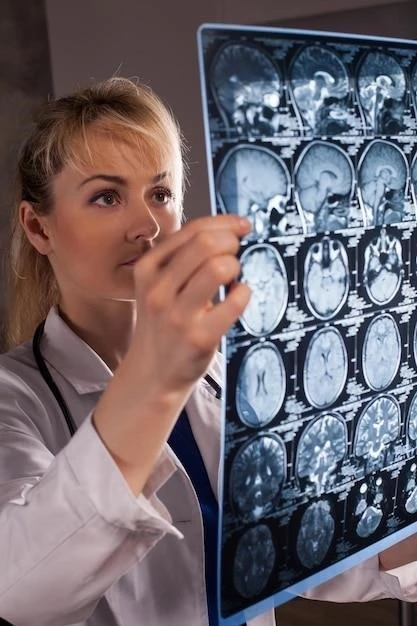Introduction
Background of Oculo cerebro osseous syndrome⁚ The cerebro-oculo-facio-skeletal (COFS) syndrome is a degenerative disorder that primarily involves the brain‚ eyes‚ and spinal cord․
Background of Oculo cerebro osseous syndrome
The cerebro-oculo-facio-skeletal (COFS) syndrome‚ also known as Pena-Shokeir syndrome Type II‚ is a rare degenerative disorder involving the brain‚ eyes‚ and spinal cord․ It is characterized by congenital microcephaly‚ cataracts‚ arthrogryposis‚ severe developmental delay‚ and distinct facial features․ COFS syndrome is inherited as an autosomal recessive condition‚ affecting multiple organ systems including skeletal development․ Recent studies have focused on its genetic basis‚ diagnostic criteria‚ and approaches to investigation․
Skeletal dysplasia‚ a related condition‚ causes abnormal bone‚ joint‚ and cartilage development in affected individuals․ COFS syndrome poses a significant challenge due to its progressive neurologic manifestations and multisystem involvement‚ emphasizing the importance of early diagnosis and comprehensive management strategies․
Overview of Oculo cerebro osseous syndrome
Disease⁚ Oculo cerebro osseous syndrome is a degenerative disorder involving the brain‚ eyes‚ and spinal cord․
Definition and Description
The cerebro-oculo-facio-skeletal (COFS) syndrome‚ also known as Pena-Shokeir syndrome Type II‚ is a rare degenerative disorder that affects the brain‚ eyes‚ and spinal cord․ It is characterized by congenital microcephaly‚ cataracts‚ arthrogryposis‚ severe developmental delay‚ and distinct facial features․ COFS syndrome has an autosomal recessive inheritance pattern and can involve multiple systems‚ including skeletal development․ The condition presents significant challenges due to its progressive neurologic manifestations and multisystem effects‚ necessitating early diagnosis and comprehensive management․
Genetic Basis and Inheritance
Cerebro-oculo-facio-skeletal (COFS) syndrome is an autosomal recessive disorder that results from genetic mutations․ The inheritance pattern requires two copies of the altered gene ─ one from each parent․ These mutations impact the normal functioning of proteins involved in various biological processes‚ contributing to the degenerative nature of the syndrome․ Understanding the genetic basis is crucial for accurate diagnosis and potentially developing targeted treatment strategies in the future․
Symptoms and Clinical Presentation
Cerebro-oculo-facio-skeletal (COFS) syndrome manifests with distinctive clinical symptoms indicating neurological and skeletal involvement․
Cerebro-oculo-facio-skeletal (COFS) syndrome presents with a range of common symptoms such as microcephaly‚ cataracts‚ arthrogryposis‚ severe developmental delay‚ and specific facial features that aid in its clinical diagnosis․
Neurological Manifestations
Cerebro-oculo-facio-skeletal (COFS) syndrome is characterized by progressive neurological manifestations‚ including developmental delay‚ brain atrophy‚ and impaired motor function‚ reflecting the degenerative nature of the disorder․

Diagnosis of Oculo cerebro osseous syndrome
The diagnosis of Cerebro-oculo-facio-skeletal (COFS) syndrome involves recognizing specific clinical symptoms and conducting genetic testing for confirmation․
Common Symptoms
Cerebro-oculo-facio-skeletal (COFS) syndrome commonly presents with microcephaly‚ cataracts‚ arthrogryposis‚ developmental delay‚ and distinct facial features indicative of the condition․
Approaches to Investigation
Diagnosis of Cerebro-oculo-facio-skeletal (COFS) syndrome involves assessing clinical symptoms‚ genetic testing‚ imaging studies‚ and comprehensive evaluations by a multidisciplinary team to confirm the presence of the condition and formulate appropriate management strategies․
Treatment and Management
Effective treatment strategies for Cerebro-oculo-facio-skeletal (COFS) syndrome focus on managing symptoms and providing supportive care to improve the quality of life for affected individuals․
Current Therapeutic Strategies
The current therapeutic strategies for Cerebro-oculo-facio-skeletal (COFS) syndrome focus on holistic symptom management‚ supportive care‚ and early intervention to optimize the quality of life for affected individuals․
Supportive Care
Patients with Cerebro-oculo-facio-skeletal (COFS) syndrome require meticulous supportive care to address the complex needs that arise from the neurological and skeletal manifestations of the disorder‚ focusing on enhancing quality of life and optimizing functional abilities․
Prognosis and Outlook
Oculo cerebro osseous syndrome has a grave prognosis due to its degenerative nature‚ typically leading to severe neurological impairments;
Disease Progression
Cerebro-oculo-facio-skeletal (COFS) syndrome follows a degenerative course‚ leading to severe neurological impairments and challenges in disease management over time․
Long-Term Outlook
Individuals with Cerebro-oculo-facio-skeletal (COFS) syndrome face a challenging long-term outlook due to the progressive nature of the disorder‚ requiring ongoing management and support to address the evolving needs of patients․
Research and Advances
Recent studies have focused on the genetic basis‚ diagnostic criteria‚ and potential treatment approaches for Cerebro-oculo-facio-skeletal (COFS) syndrome‚ offering promising insights into the management of this complex disorder․
Recent Studies on Oculo cerebro osseous syndrome
Recent research into Cerebro-oculo-facio-skeletal (COFS) syndrome has focused on identifying new diagnostic criteria‚ investigating genetic mutations‚ and exploring potential treatment options to enhance patient care and outcomes․
Emerging Treatment Approaches
Exciting advancements in the treatment of Cerebro-oculo-facio-skeletal (COFS) syndrome are emerging‚ focusing on innovative therapeutic strategies and potential interventions to address the complex nature of the disorder and improve patient outcomes․

Conclusion
In conclusion‚ Cerebro-oculo-facio-skeletal (COFS) syndrome remains a complex degenerative disorder affecting multiple systems‚ with ongoing research and emerging treatment approaches offering hope for improved management and outcomes in the future․
